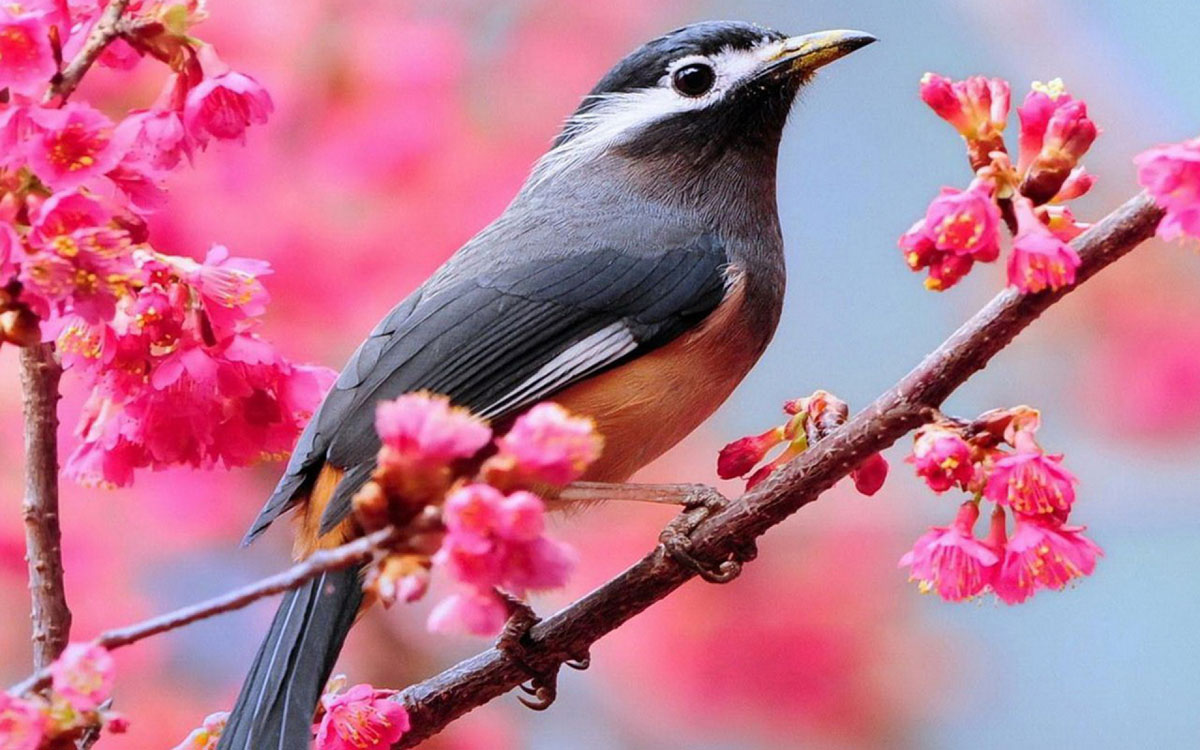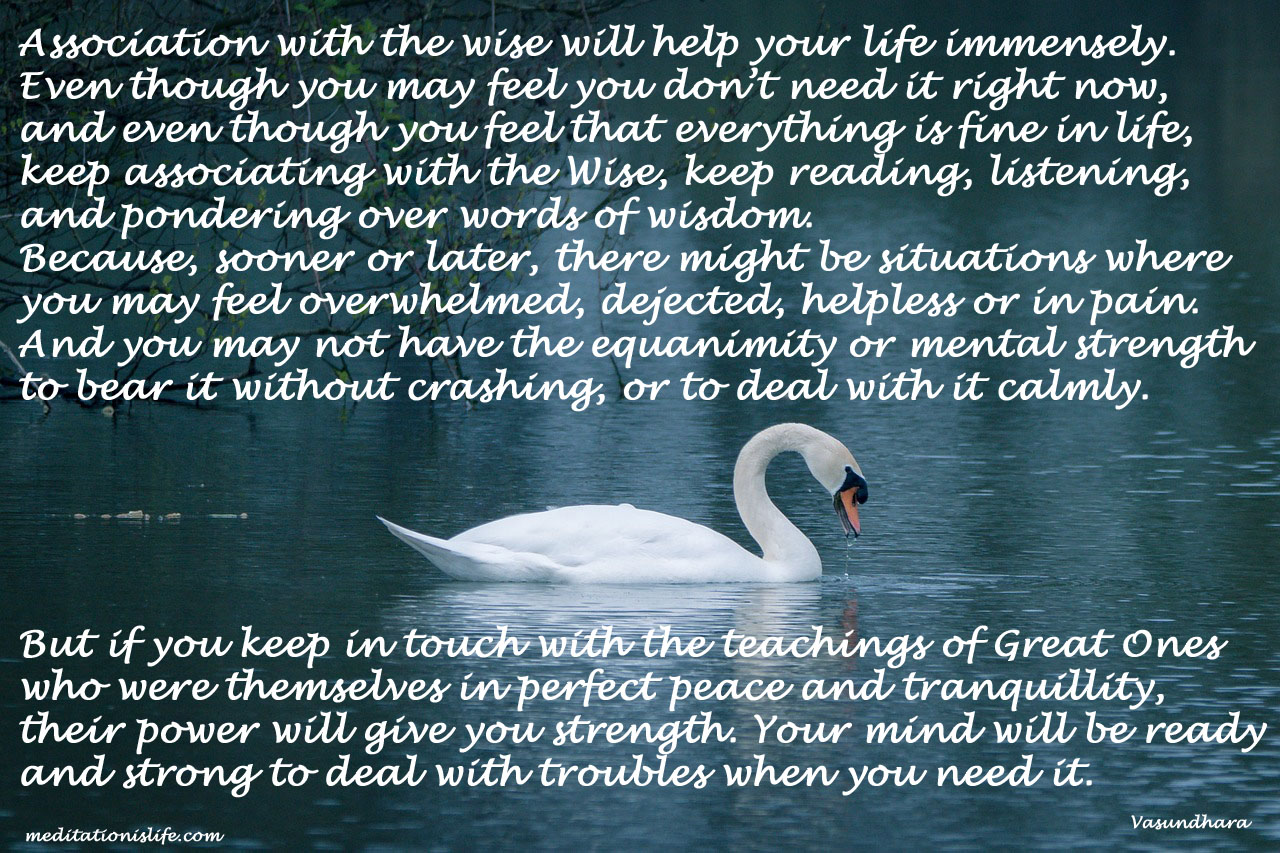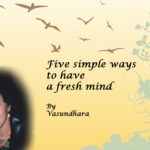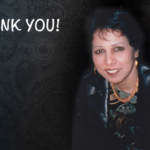Time, Place, Posture etc.

Time, Place, Posture etc.
We have to practice Meditation using what we have learnt so far. Learning about Time, Place and Posture etc. helps a lot.
It must said at the outset, that for Self-Enquiry, no conditions, requirements or stipulations are specified.
Conversations with Ramana Maharshi.
Mr. W. Y. Evans-Wentz.
D.: Does Maharshi advise any physical posture for the Europeans?
M.: It may be advisable. However, it must be clearly understood that meditation is not prohibited in the absence of asanas (postures), or prescribed times, or any accessories of the kind.
A Muslim visitor asked about asana (physical posture).
M.: Abidance in God is the only true posture.
________________________________________
However, below are some recommendations and suggestions for effective Meditation Practices.
TIME:
Meditation, especially for a beginner, should be done at the same time(s) every day. It should become a habit. This way, the mind will get attuned to it. Early morning or first thing in the morning is usually recommended because the mind is still rather undisturbed or not totally engrossed in worldly affairs. But depending upon job requirements, circumstances, conveniences and other necessities, any time that is suitable to the practicer would be fine. If doing at night time, just before going to bed would be ideal.
PLACE:
We must sit down in a clean, quiet place. We can close the doors to avoid disturbances and noises. We can spread a soft sheet, blanket or comforter to sit on. Either we can sit on the floor or on a spacious, comfortable chair.
POSTURE:
Posture indicates temperament. We must be comfortably seated, but as straight as possible. Ours hand should be resting on the lap or thighs. We must have our eyes closed.
CLOTHING:
Comfortable, loose clothes are recommended.
FOOD:
Conversations with Ramana Maharshi.
D.: What diet is prescribed for a sadhak (one who is engaged in spiritual practices)?
M.: Satvic food in limited quantities.
D.: What is satvic food?
M.: Bread, fruits, vegetables, milk, etc.
D.: May we gradually get ourselves accustomed to vegetarian food?
M.: Yes. That is the way.
D.: Are there any aids to (1) concentration and (2) casting off distractions?
M.: Physically the digestive and other organs are kept free from irritation. Therefore food is regulated both in quantity and quality. Non-irritants are eaten, avoiding chillies, excess of salt, onions, wine, opium, etc. Avoid constipation, drowsiness and excitement, and all foods which induce them.
INCENTIVES:
Conversation with Ramana Maharshi.
“Mentally take interest in one thing and fix the mind on it. Let such interest be all-absorbing to the exclusion of everything else. This is dispassion (vairagya) and concentration. God or mantra may be chosen. The mind gains strength to grasp the subtle and merge into it.”
It helps to have an incentive to calm the unruly mind. We can read a passage or two from the Teachings of Sages. If possible, we can bring up the computer screen with a favorite website, which we can see from where we are seated. Or we can have an Ipad up with a Guru’s picture, or inspirational Quotes, or a Scriptural text, or the picture of a favorite Deity. We could have a picture of a favorite Guru or Deity hanging on the wall. We can listen to a peaceful, melodious devotional song or Bhajan or meditation music. A mantra such as OM can be chanted.
Breathing exercises can be helpful.
Conversation with Ramana Maharshi.
When the man begins to meditate and finds it difficult.. Let him practise breath-control just a little and the mind will be purified. It does not now sink into the heart because the latent tendencies stand as obstacles. They are removed by breath-control or association with the wise.
Pranayama (Breath-Control) may be done just a little. To watch the breath is one way of doing it. The mind abstracted from other activities is engaged in watching the breath. That controls the breath; and in its turn the mind is controlled.
Swami Chinmayananda said:
Concentrate on the cool feeling in your nostrils when you inhale, and then on the warm feeling when you exhale.
We can mix and match all of these suggestions on any given day, depending upon our mood, health and other factors. The most important thing is to keep in touch with the Studying and Practicing of Meditation.







 Great Scriptures of India
Great Scriptures of India Sages From India Teachings
Sages From India Teachings Sri Ramana Maharshi Teachings
Sri Ramana Maharshi Teachings Versatile Recipes
Versatile Recipes